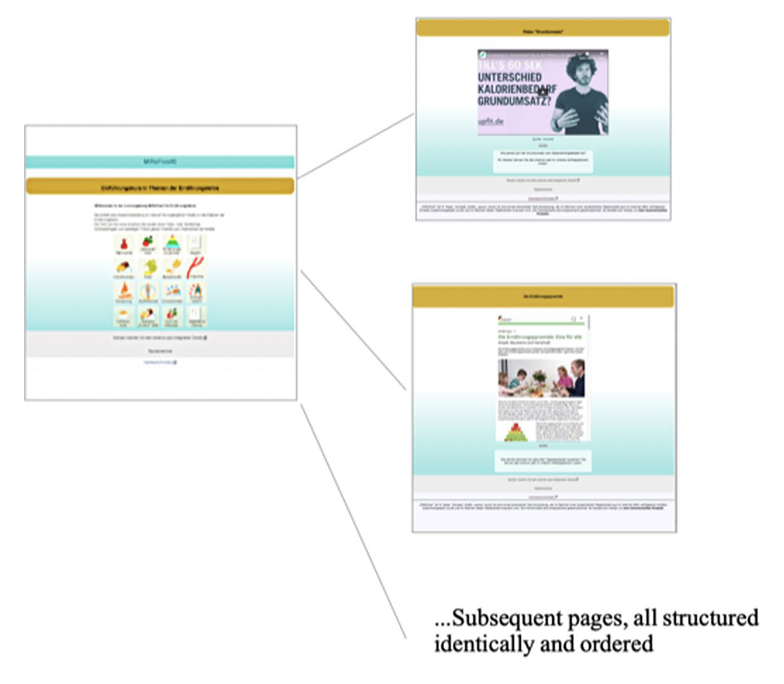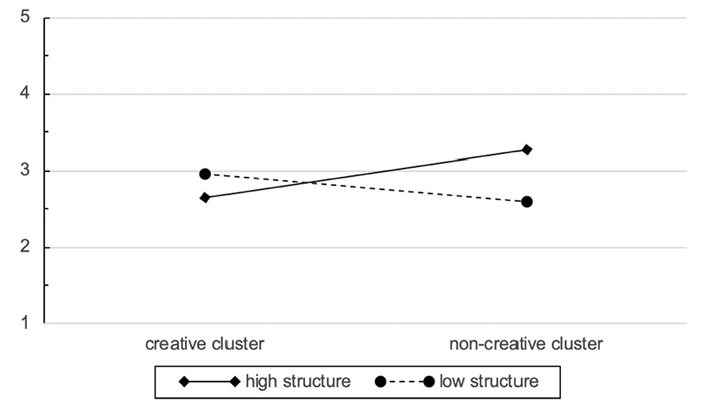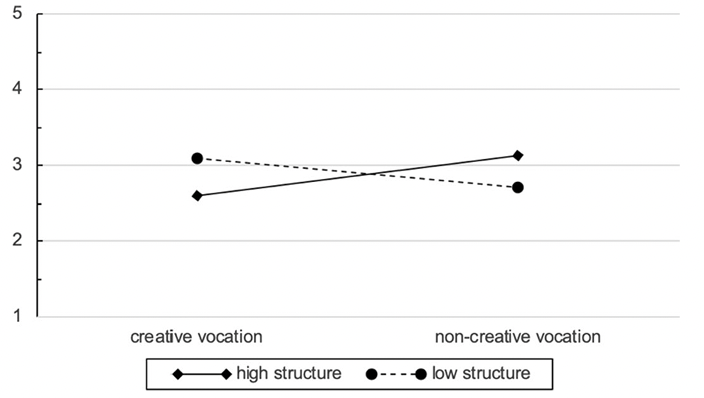Creativity is a 21st century skill that is increasingly seen as an important goal of educational systems. At the same time, not enough research has been done on students that are high on trait creativity, i.e. how to accommodate and foster this important individual difference in learning environments. In educational technology in particular, we know next to nothing about how to design learning environments for creative students vs less creative students. While there is a literature from cognitive psychology suggesting that learning environments should be highly structured and guided to avoid disorientation and overload in *all* students, there is an opposing literature stating that students in creative domains (e.g. art & music education) profit from rich and unorganized stimuli. These students flourish in environments that are complex and afford multiple ways of engagement.
A robust motivational design of learning experiences is key. This applies in particular for self-paced online learning environments, because there may be no instructors or fellow students that provide triggers for learning engagement. For this reason, self-paced environments are an ideal testbed to investigate how trait creativity of students interact with the visual design of a learning environment to affect learning motivation.
This experimental study, published in Research and Practice in Technology-enhanced Learning, assigned 187 students to one of two learning environments. One being highly structured and consistent, the other one being comparatively chaotic, i.e. elements placed asymmetrically and in different order on each page of the environment. Student creativity was measured in several different ways to account for the complexity of the construct: A creative production task, self-reported creative personality & behavior, and creative study/vocation choice. As such, this study builds on Rosar et al. (2018), which operationalized creativity based solely on study choice.


Students spent between 2 and 45 minutes in the self-paced environment about Health & Diet. There they had access to short videos, some text, and some static visual material that was chosen as a beginner level introduction to healthy eating. After exiting the environment, they reported on their satisfaction with the learning environment, their impulse for activation, as well as their motivation.
Results suggest interaction effects consistent with our hypotheses. Comparably creative students reported higher learning motivation from the unordered learning environment, whereas students lower on trait creativity reported a better experience in the ordered learning environment. We found this effect for two different measures of creativity: self-reported creative behavior & personality and creative study/vocation choice.


These findings are interesting in that they can help explain the apparent contradictions of findings from different fields, cognitive psychology and art education. This research may also stimulate research into further aptitude-treatment interaction in Educational Technology, in particular with respect to creativity. Finally, practical recommendations for the design of learning environments may be generated from this study.
This publication is based on the Master’s thesis of the first author which was supervised by the second author.
Suggested citation:
Rosar, M., Weidlich, J. (2022). Creative students in self-paced online learning environments: an experimental exploration of the interaction of visual design and creativity. Research and Practice in Technology-enhanced Learning 17, 8. https://doi.org/10.1186/s41039-022-00183-1 (LINK to PDF)
